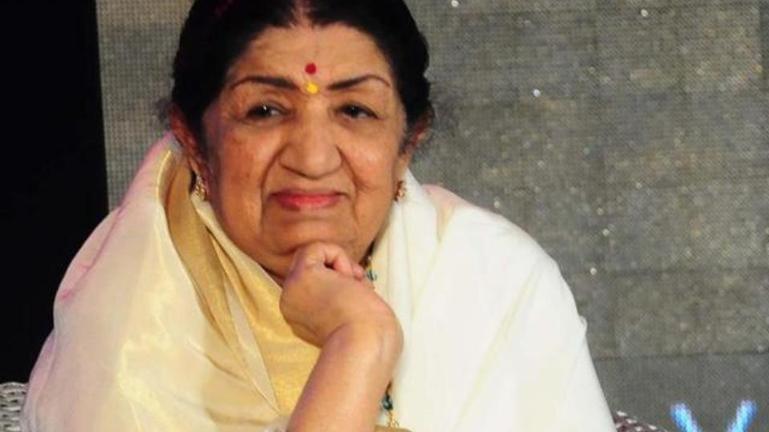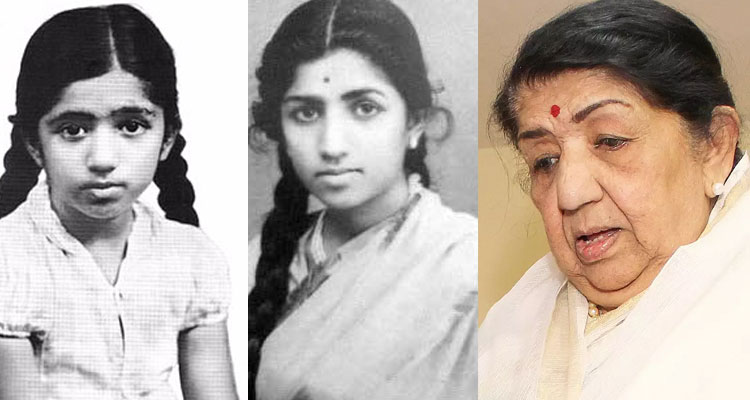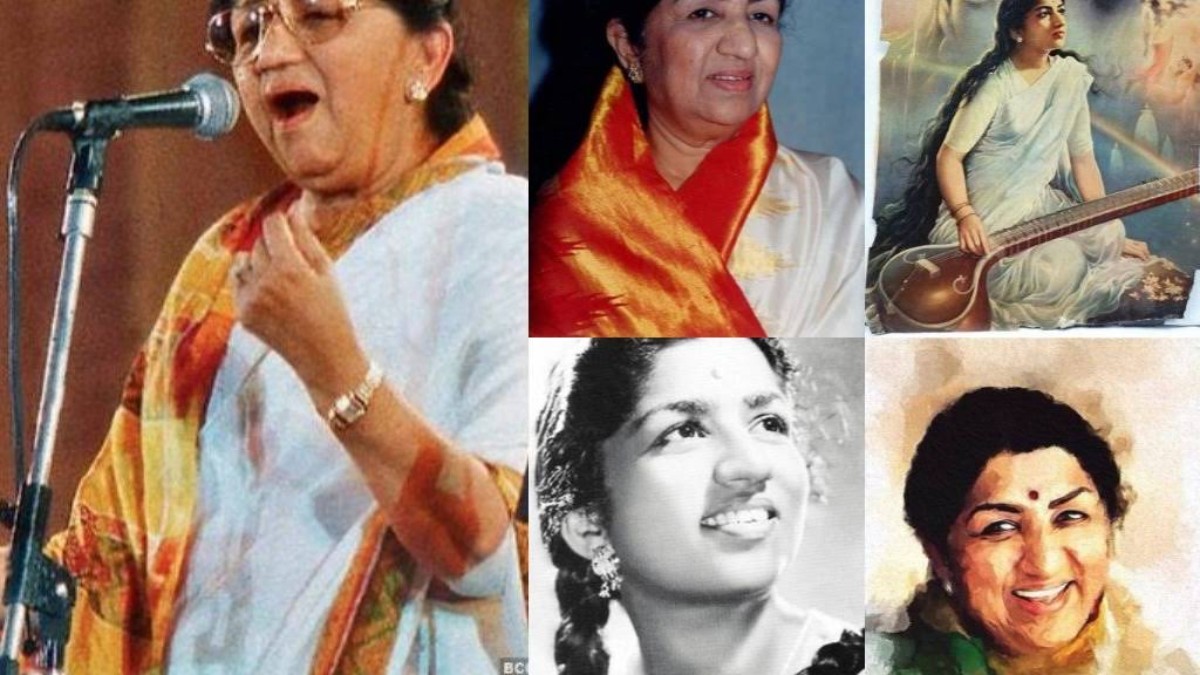Lata Mangeshkar, known to millions as the “Nightingale of India” and a mainstay on India’s airwaves for decades, died Sunday morning at 92. Millions of people throughout the world are mourning the passing of Lata Mangeshkar. Here’s a rundown of her illustrious career. Legendary composer S.D. Burman is said to have answered, “Give me a harmonium, give me Lata (Mangeshkar), and I will produce music,” when asked about his inspiration for making music.
Lata Mangeshkar is affectionately known as the ‘Nightingale of India.’

Mangeshkar, born in Indore, has been the voice of film celebrities for centuries. Mangeshkar initiated her career at the age of 13 in 1942 and had performed over 30,000 songs in various Indian languages after her seven-decade career. AR Rahman’s composition Ma Tujhe Salam, performed by Lata, smashed sales records at its release. The song has become a standard, written initially to mark India’s 50th anniversary.
Lata Mangeshkar once helped fund $20,000 for India’s World Cup-winning cricket team in 1983. Dil Mera Toda, her first hit song, was written for the film Majboor in 1948. Lata Mangeshkar gained tremendous acclaim the following year, 1949, with the song Aayega Aanewaala from the Madhubala-starrer Mahal. Mangeshkar never looked back after that, and she went on to become the most famous vocalist in Indian film and musical history.
Her most recent full-length record was for the 2004 film ‘Veer Zaara,’ directed by the late filmmaker Yash Chopra. ‘Saugandh Mujhe Is Mitti Ki,’ Mangeshkar’s last song, was released on March 30, 2021, as an homage to the Indian Army.
The Relation between India and Pakistan
Her most famous tale was the letter from Lahore saying that India could have Kashmir if Pakistan agreed to give it to them. Or the stories of her legions of fans on the other side of the border who regarded her as Pakistan’s most tremendous loss after Partition.
But Lata Mangeshkar achieved something more than giving us over 25000 songs, each one a lesson in discipline, fortitude, and brilliance that often alone belonged to her despite the song being a collaborative effort. She persuaded India and Pakistan to agree on the quality of her voice.
Awards

In 1969, Lata Mangeshkar received the Padma Bhushan, the third-highest civilian honor, the Padma Vibhushan, the second-highest civilian award in 1999, and the Bharat Ratna, the highest civilian honor in 2001. She was also granted France’s highest civilian accolade, the ‘Officier de la Legion d’Honneur,’ in 2009. (Officer of the Legion of Honour).
Family

Mangeshkar was born in Indore in 1929 to Pandit Deenanath Mangeshkar, a Marathi classical singer and theatre actor, and his Gujarati wife, Shevanti. Her father, Master Dinanath Mangeshkar, was a Gwalior Gharana musician who owned a theatre company and Lata’s first master.
Mangeshkar began her career at 13 when her father died, singing for a Marathi film called Kiti Hasal(1942). She has three sisters, Meena, Asha, and Usha, and a brother, Hridaynath, outstanding singers and musicians. Her migration to Mumbai in 1945 was followed by modest roles in a few films till Aayega Aanewala, based on Madhubala in Mahal, gave her a significant break (1949).


